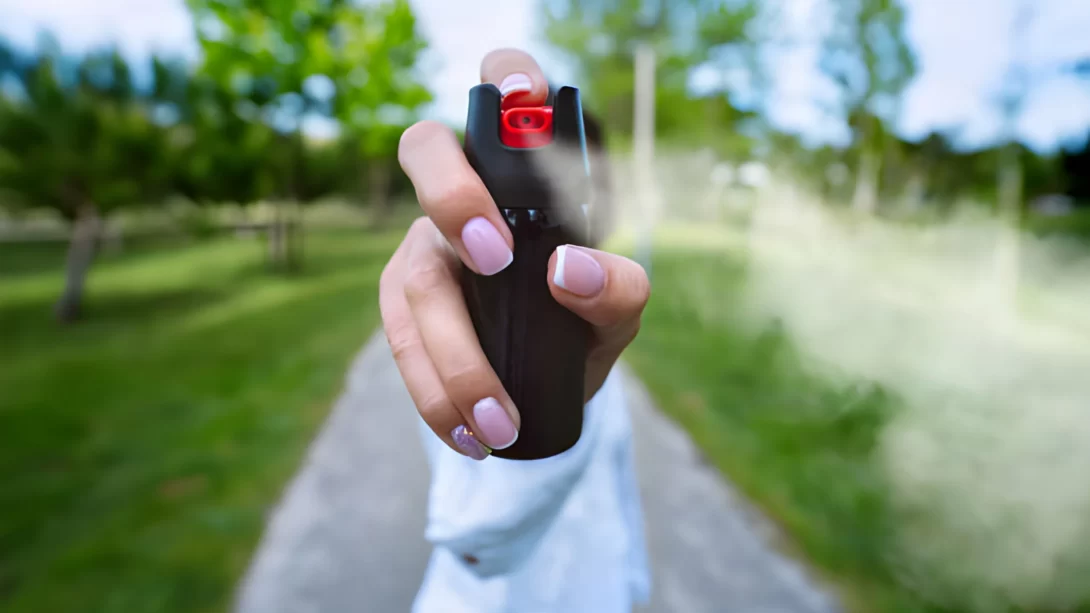Pepper spray is widely recognized as a non-lethal self-defense tool. It’s commonly used by law enforcement agencies and civilians for personal protection. The primary component of pepper spray is an extract from chili peppers, but its formulation is much more complex and potent than culinary pepper products. Understanding the composition of pepper spray is crucial to addressing the question of its edibility.
Composition of Pepper Spray
The key ingredient in pepper spray is capsaicin, a chemical compound derived from chili peppers, which is responsible for the spicy sensation in both pepper spray and hot peppers. However, the concentration in pepper spray is significantly higher than in any food-grade pepper. Besides capsaicin, pepper spray contains a variety of other chemical additives and propellants, such as oils, alcohols, or gases, to enhance its effectiveness and stability as a self-defense tool.
Edibility of Pepper Spray
The primary concern with the edibility of pepper spray revolves around its high capsaicin concentration and the presence of non-food-grade additives. While capsaicin itself is found in edible hot peppers, the extract in pepper spray is at a much higher and more concentrated level, raising concerns about toxicity when ingested. Additionally, other chemicals in pepper spray, which are not designed for consumption, may pose health risks.
The Effects of Ingesting Pepper Spray
Ingesting pepper spray can lead to severe and immediate physical reactions. The high concentration of capsaicin, which is many times stronger than the hottest chili peppers, can cause intense burning sensations in the mouth, throat, and stomach. Other symptoms may include difficulty breathing, coughing, nausea, vomiting, and even temporary blindness if it comes into contact with the eyes. These reactions are significantly more severe than those caused by eating spicy foods.
Long-term Health Implications of Consuming Pepper Spray
The long-term health effects of ingesting pepper spray are not well-studied, but the intensity of its immediate effects suggests potential risks. Ingesting high concentrations of capsaicin can lead to gastrointestinal distress and damage. Moreover, the other chemical additives in pepper spray, which are not intended for human consumption, may have unknown toxic effects when ingested.
Medical Perspective on Pepper Spray Consumption
Medical professionals strongly advise against the ingestion of pepper spray. If ingested, it is treated as a poison, and immediate medical attention is recommended. Treatment protocols typically involve flushing the affected areas with water and treating symptoms, but there is no specific antidote for capsaicin poisoning. Given its intended use as a self-defense tool, the legal and ethical considerations of using pepper spray as a food ingredient are also significant.
Alternatives to Pepper Spray for Edible Heat
For those seeking to add a spicy kick to their meals, there are numerous safe and edible sources of capsaicin. Culinary-grade chili peppers, available in various heat levels, are the ideal choice. From the mild bell pepper to the fiery ghost pepper, there’s a wide range of options that can suit any palate. Additionally, commercial hot sauces and chili powders provide a controlled way to introduce spiciness into dishes, with the added benefit of flavor complexity that pepper spray cannot offer.
When cooking, it’s essential to understand the heat tolerance of your audience and adjust the spice levels accordingly. The use of gloves when handling hot peppers is also recommended to prevent skin irritation and accidental contact with eyes or other sensitive areas.
Conclusion
Pepper spray, while containing edible capsaicin, is not safe for consumption due to its high concentration and the presence of non-food-grade chemicals. Its intended use as a self-defense tool should be strictly adhered to, and it should never be considered an ingredient in cooking. The physical and potential long-term health risks associated with its ingestion are significant and should be taken seriously.
In summary, while the capsaicin in pepper spray is similar to that found in culinary peppers, the contexts of their use are vastly different. For culinary purposes, it’s crucial to stick to food-grade sources of heat. By doing so, you can enjoy the flavor and benefits of spicy foods safely and responsibly. Remember, the key to using any form of capsaicin, whether in self-defense or cooking, is understanding its strength and respecting its impact.



